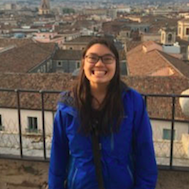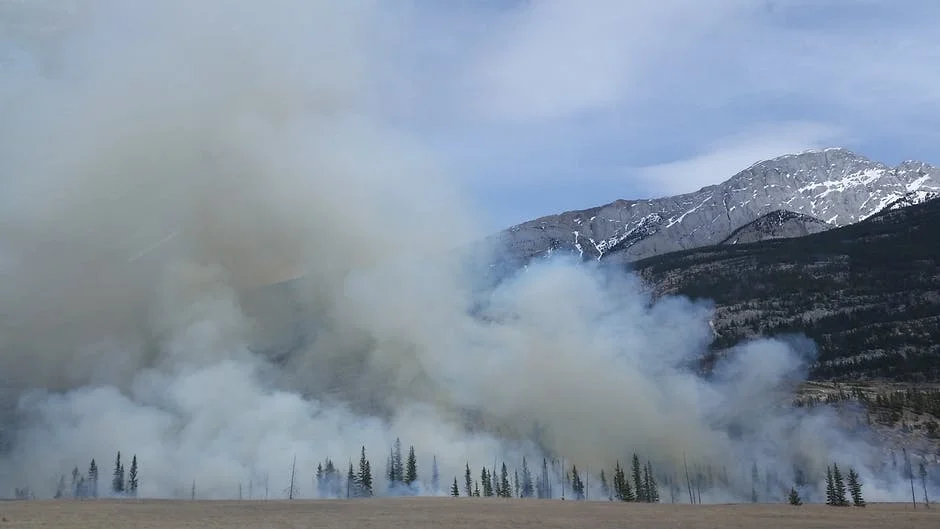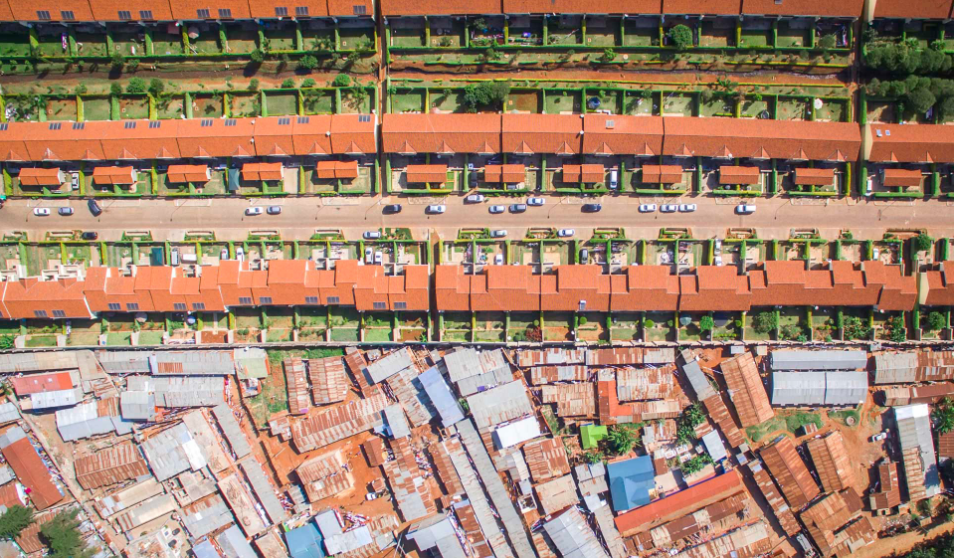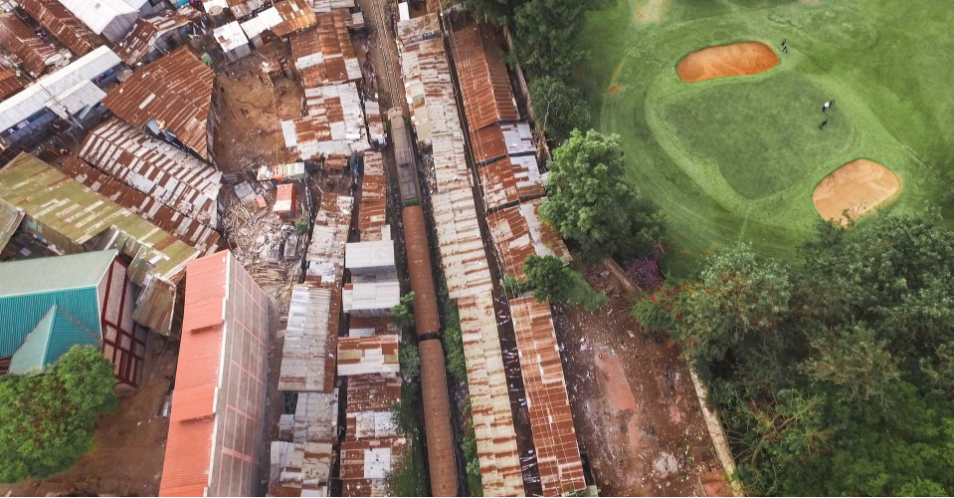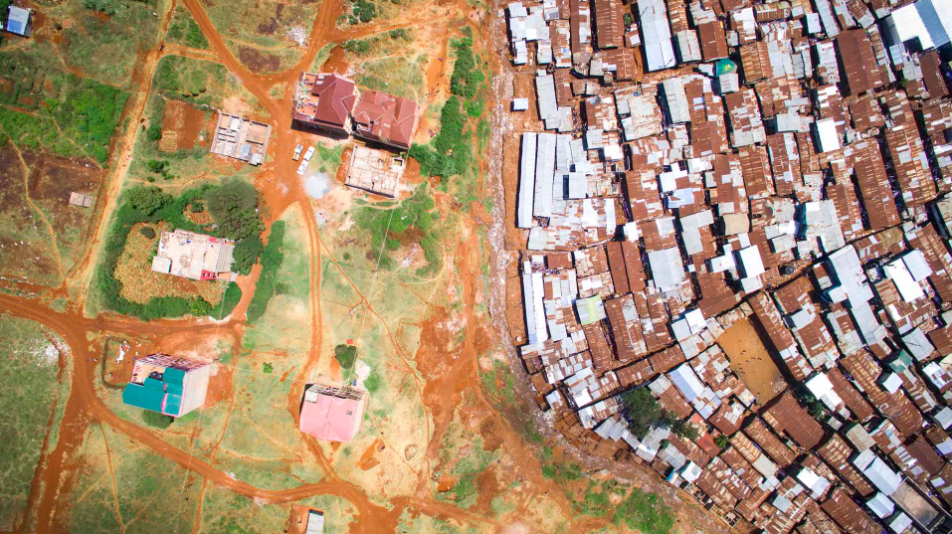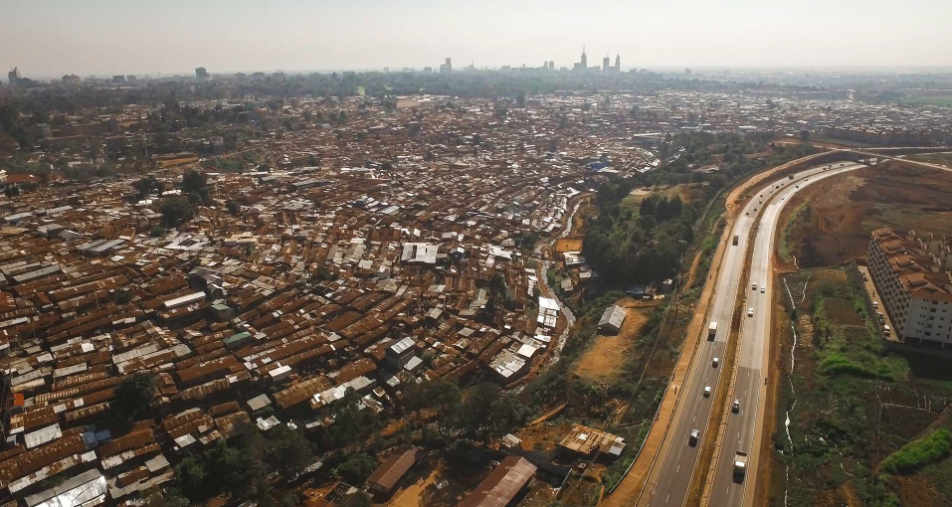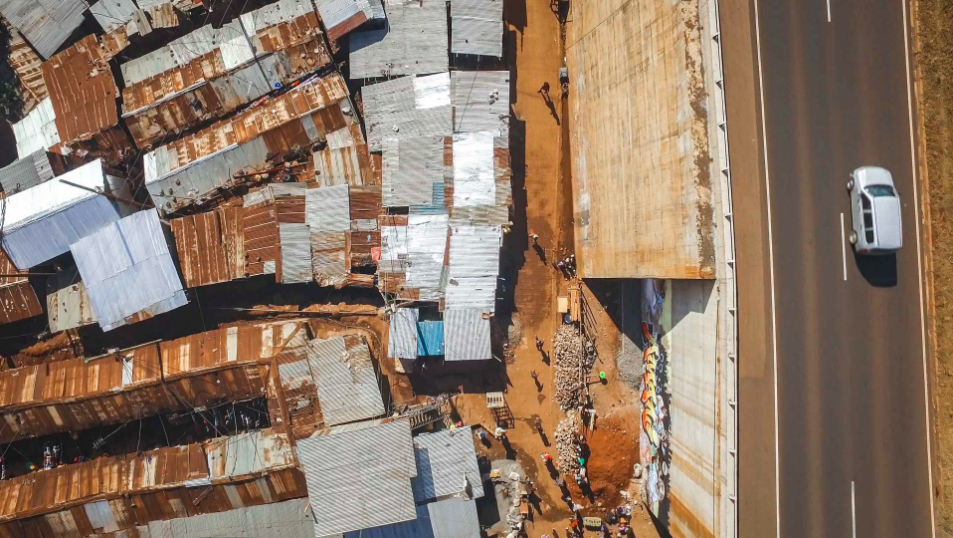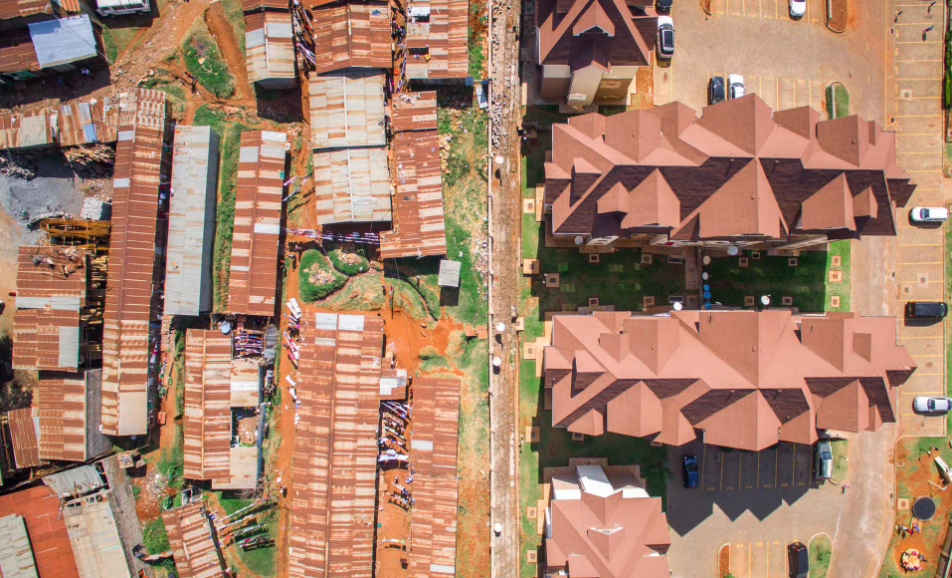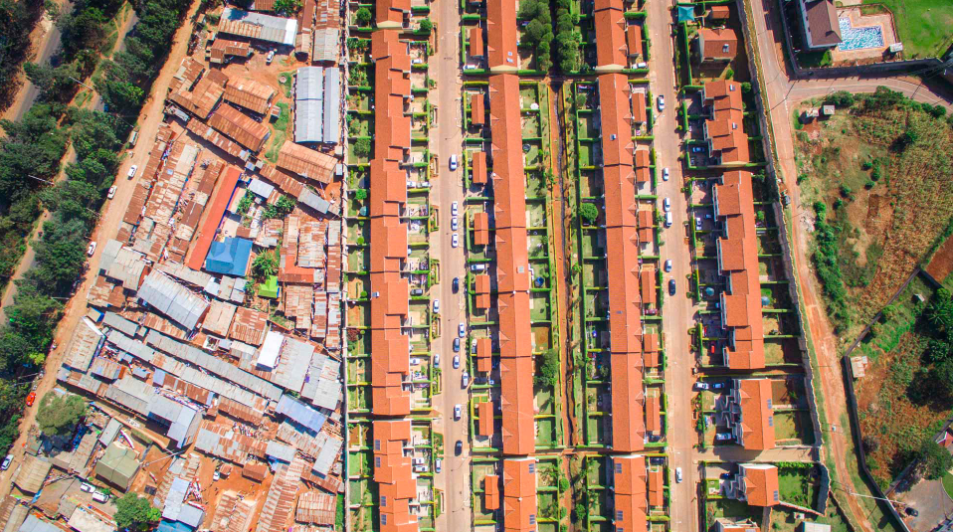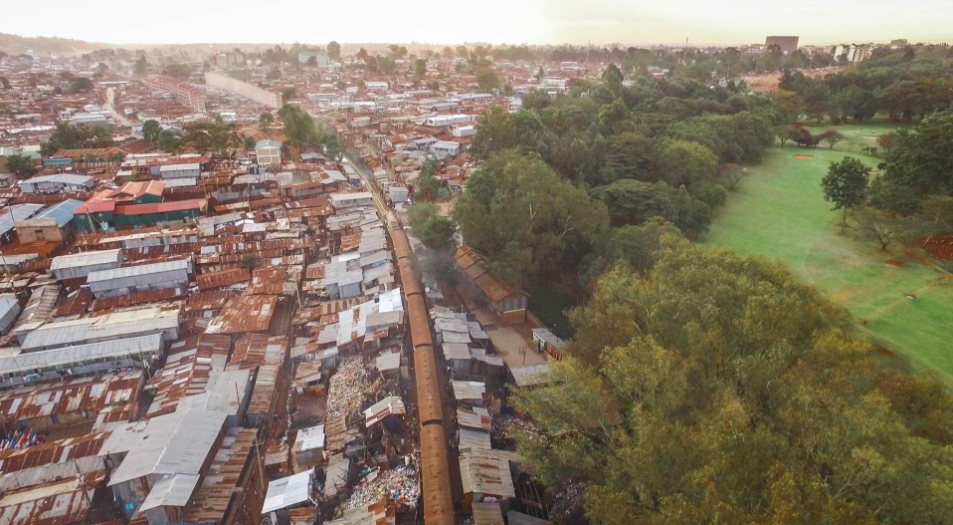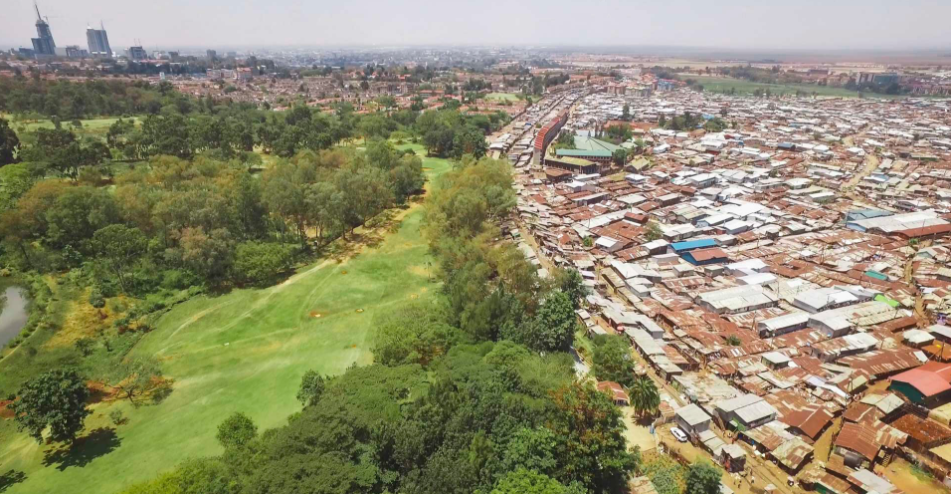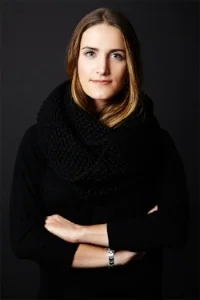What are the Effects of Racism In Health Care Delivery in Canada and the US?
Research released the week of July 1 suggested health care inequalities among indigenous communities extended beyond the Northwest Territories’—where around half the population is indigenous—to all of Canada. The research says racism, in particular implicit racism, has contributed to unnecessary deaths among indigenous communities. Dr. Smylie, a Métis doctor and researcher, commented that “the most important and dangerous kinds of racism that people encounter is actually racism that's hidden.”
Yet implicit racism is not new: it has been the focal point of past studies, most notably the 2015 Wellesley Institute study “First Peoples, Second Class Treatment” also led by Dr. Smylie. The study suggested indigenous people either strategized their visits or avoided care completely due to the frequency of experienced racism. Such racism was commonly felt in a “pro-white basis,” according to Dr. Smylie, and negative stereotypes that originated in colonial government policies like segregation.
Michelle Labrecque’s prescription for severe stomach pain was merely a message to not drink (source: CBC news).
The findings of the 2015 Wellesley study underlined the unnecessary death of elder Hugh Papik in 2016. Even though Papik did not have a history of drinking, Papik’s stroke was mistaken for drunkenness. His death prompted an external investigation that made 16 recommendations for the Government of the Northwestern Territories. Four of the recommendations focused specifically on fostering relations between indigenous communities and health care professionals. All but two were adopted.
The recommendations included training staff—“policies for implementation of mandatory and ongoing culture safety training… in partnership with the Indigenous community”—in hopes of breaking down the root issue of systemic racism by confronting stereotypes. According to health minister Glen Abernethy, training will do so by incorporating information about the different cultures of the territory as well as a history of colonization for non-indigenous staff. In addition to the training, Abernethy hopes to increase the number of indigenous staff in the future by encouraging young locals to pursue medical careers so that they might return and serve their communities.
However, the messy entanglement of racism and health care is not unique to Canada. A 2017 survey by NPR, the Robert Wood Johnson Foundation, and the Harvard T.H. Chan School of Public Health found 23% of Native Americans faced discrimination when “going to [the] doctor or health clinic” in the US.
Even though the US federal government is obligated, through treaty agreements, to provide for the health of Native Americans, the IHS itself is too underfunded to provide adequate care. A 2014 study stated that “Long-term underfunding of the IHS is a contributing factor to AI/AN health disparities.” Indeed, for people like Anna Whiting Sorrell who have struggled to get treatment in the past, it is no surprise that “a lot of American Indians simply put up with …“‘tolerated illness.’” Other care alternatives are also difficult to access as the American health care system makes it hard for many Native Americans to obtain care in the private sector.
Cartoon depicting the waiting room of an IHS facility-- and the struggles of the system (Source: Marty Two Bulls).
And while some communities have successfully started looking inwards at traditional forms of healing and eating to improve health, it is evident that many are doing so because outside systems of support are inadequate or nonexistent. Although Canada is actively trying to address inequalities in its health care, the US has yet to do so.
TERESA NOWALK is a student at the University of Virginia studying anthropology and history. In her free time she loves traveling, volunteering in the Charlottesville community, and listening to other people’s stories. She does not know where her studies will take her, but is certain writing will be a part of whatever the future has in store.







